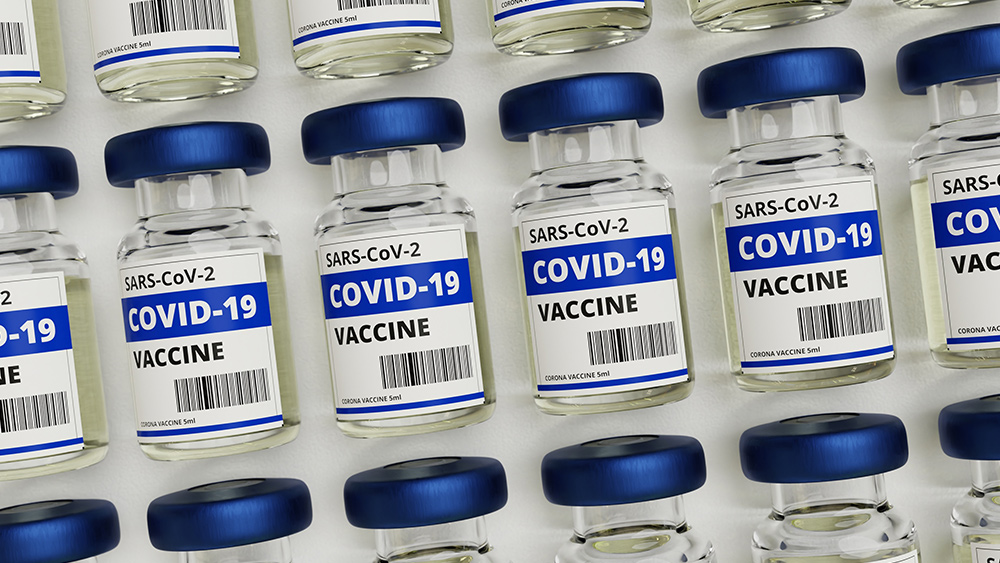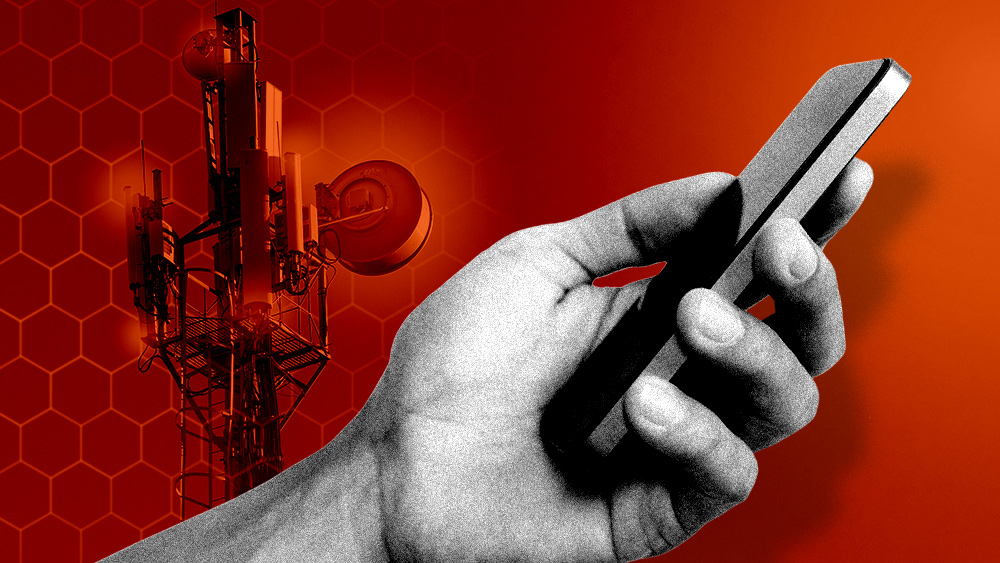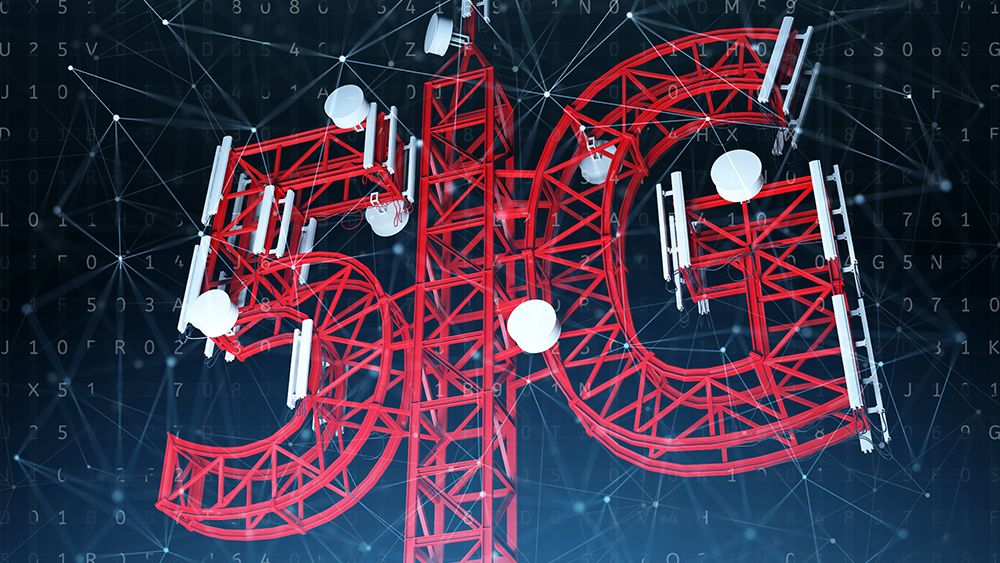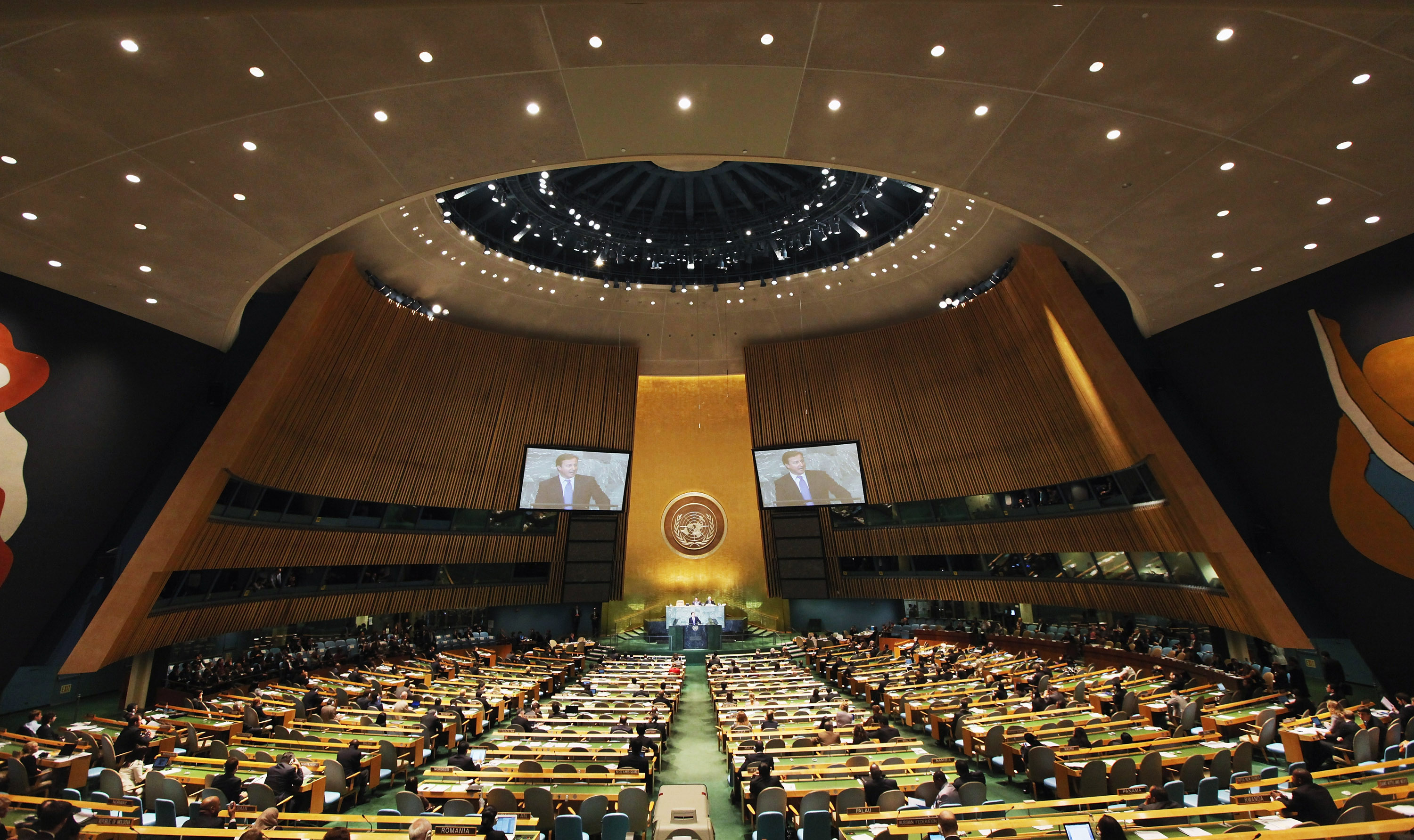Can putting your phone into airplane mode help reduce radiation exposure?
07/11/2018 / By Ralph Flores

These days, it’s hard to find someone who doesn’t own a mobile phone of some kind. In its latest research, the Pew Research Center estimates that at least 95 percent of all Americans own a mobile phone. In recent years, the number of people who own a smartphone had also increased: From 35 percent – back in 2011 when the survey was first conducted – to currently 77 percent.
The recent upswing in smartphone ownership and usage, however, comes with its own set of problems. Recently, people have seen stories of how smartphone addiction is a real thing – a study revealed that people obsessively check their phones (every 12 minutes, to be precise) and even touch it at least 2,600 times a day.
However, one thing that’s not being discussed, particularly in legacy media, is how smartphones are potential cancer risks. Last year, California’s Department of Public Health (DPH) released guidelines on reducing exposure to radiofrequency (RF) energy from mobile phones. In the guidance document, the DPH indicated that while the science behind RF energy is still evolving, “long-term, high use of cell phones may be linked to certain types of cancer and other health effects.”
One thing the document suggests is putting mobile phones in airplane mode (or flight mode) to prevent RF energy while using it.
In his video, Neil from EMF Safety Zone looked at whether putting your phone in airplane mode can prevent it from emitting RF while using it.
Watch the full episode here, from Brighteon.com:
In the video, Neil demonstrates how smartphones emit harmful RF energy, even when it’s not used. From the RF meter readings, a smartphone could emit 4.50 volts/meter (V/m) on standby. According to the standards proposed by the BioInitiative Working Group, the prescribed limit for RF exposure should only be 0.04 V/m. In a study published in Scientific American, cell phone radiation can increase the likelihood of getting a schwannoma, a rare tumor which affects a nerve cell called a Schwann cell. Researchers at the National Toxicology Program have stated that “RF radiation exposure has biological effects” in rats, and that some of these are “relevant to carcinogenesis.”

Interestingly, putting a phone in airplane mode dramatically reduces the amount of radiation it emits. As shown in the video, putting the phone in airplane mode cuts the amount of radiation from steady pulses that peak on the meter, to intermittent green blips.
“It’s a much better [option] to carry your phone in airplane mode,” Neil adds.
For some people, of course, using a phone is a necessity, but he suggests putting it still into airplane mode until the time comes for a person to use it to minimize exposure.
“I would definitely suggest learning [or practicing] the very, very good habit of carrying your phone around on airplane mode until you’re ready to use it.” (Related: EMF Pollution: Introduction and Easy Steps to Measure and Reduce.)
Other ways to curb RF exposure when using mobile phones
It’s not just the U.S. that’s heavily reliant on phones. Nearly five billion people all over the world regularly use their phones, which makes it an important piece of hardware to lug every day, despite the dangers. However, that doesn’t mean that we shouldn’t protect ourselves from its potential hazards. Here are some recommendations for safely using mobile phones.
- Use the phone’s hand-free setting when taking calls. Even a Bluetooth headset will significantly reduce RF exposure.
- As much as possible, keep the phone off your body. Put it in your bag, with the back of the phone (which contains the antenna) away from you.
- Hold your hands as far away from you as possible when you text.
- Don’t bring your phones into the bedroom, if possible. If you must, keep them at least away from your head.
- Do your research on devices that block RF radiation. Some of those could even increase it since the phone works harder to get a signal.
- Don’t give them to children. The effects of RF radiation are more pronounced in this age group.
The feature is part of EMF Safety Zone’s video on the truth about airplane mode and radiation exposure, which can be viewed on this link.
Sources include:
Submit a correction >>
Tagged Under:
airplane mode, Cell Phone Dangers, cell phone radiation, cell towers, electromagnetic field, EMF dangers, emf protection, EMF radiation, flight mode, mobile phones, priority, radiation, radio frequency, Smartphones
This article may contain statements that reflect the opinion of the author




















